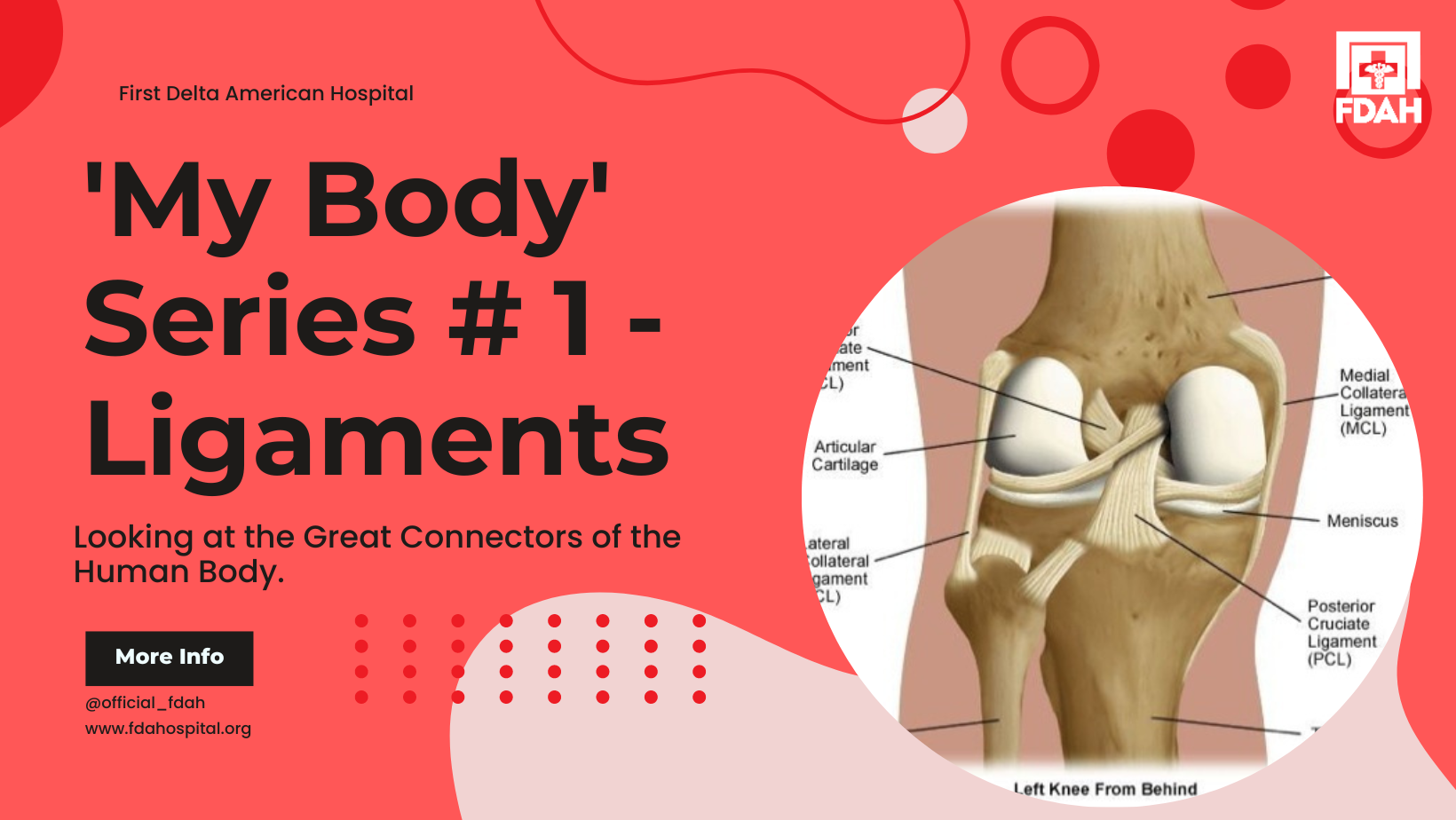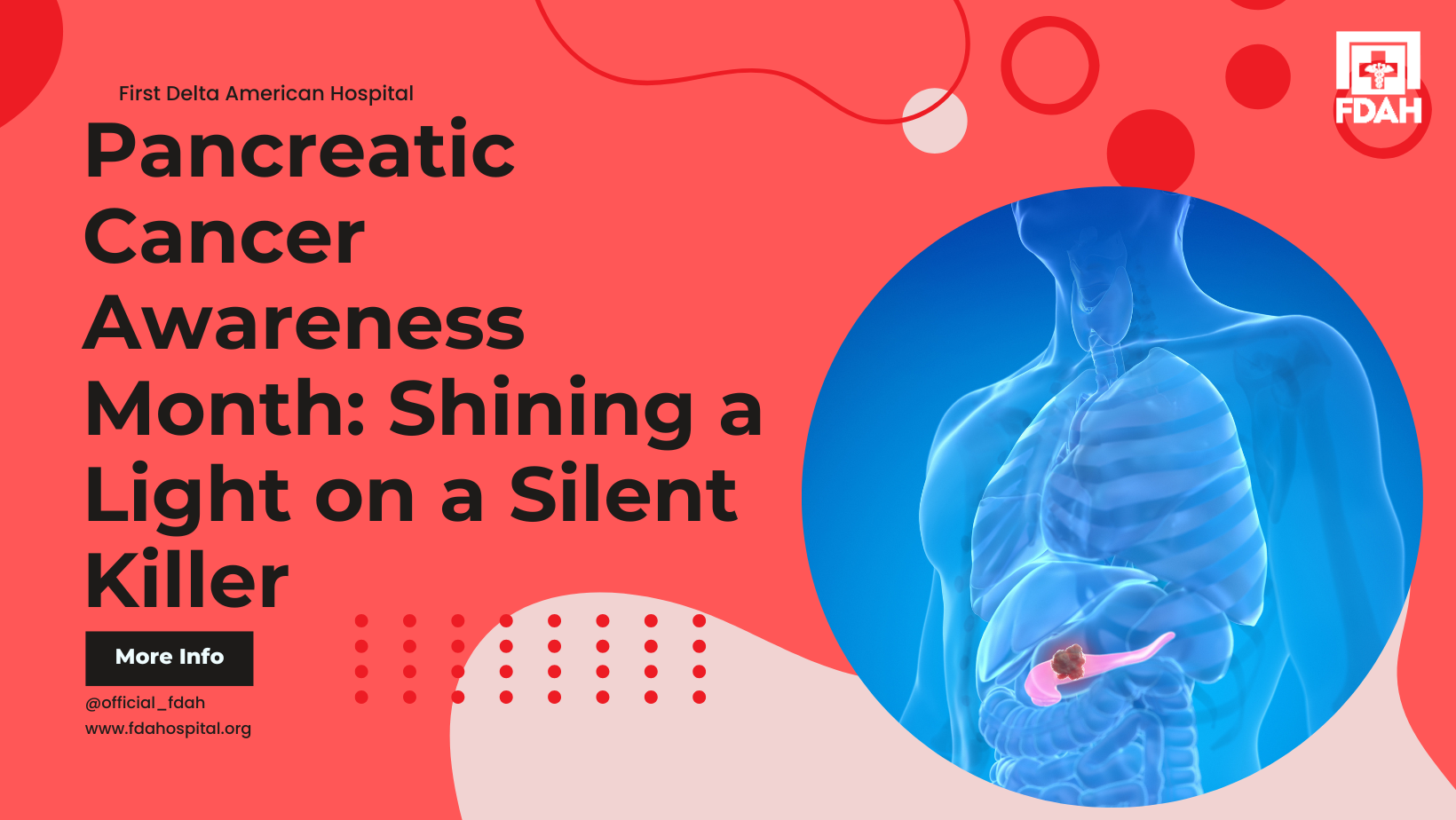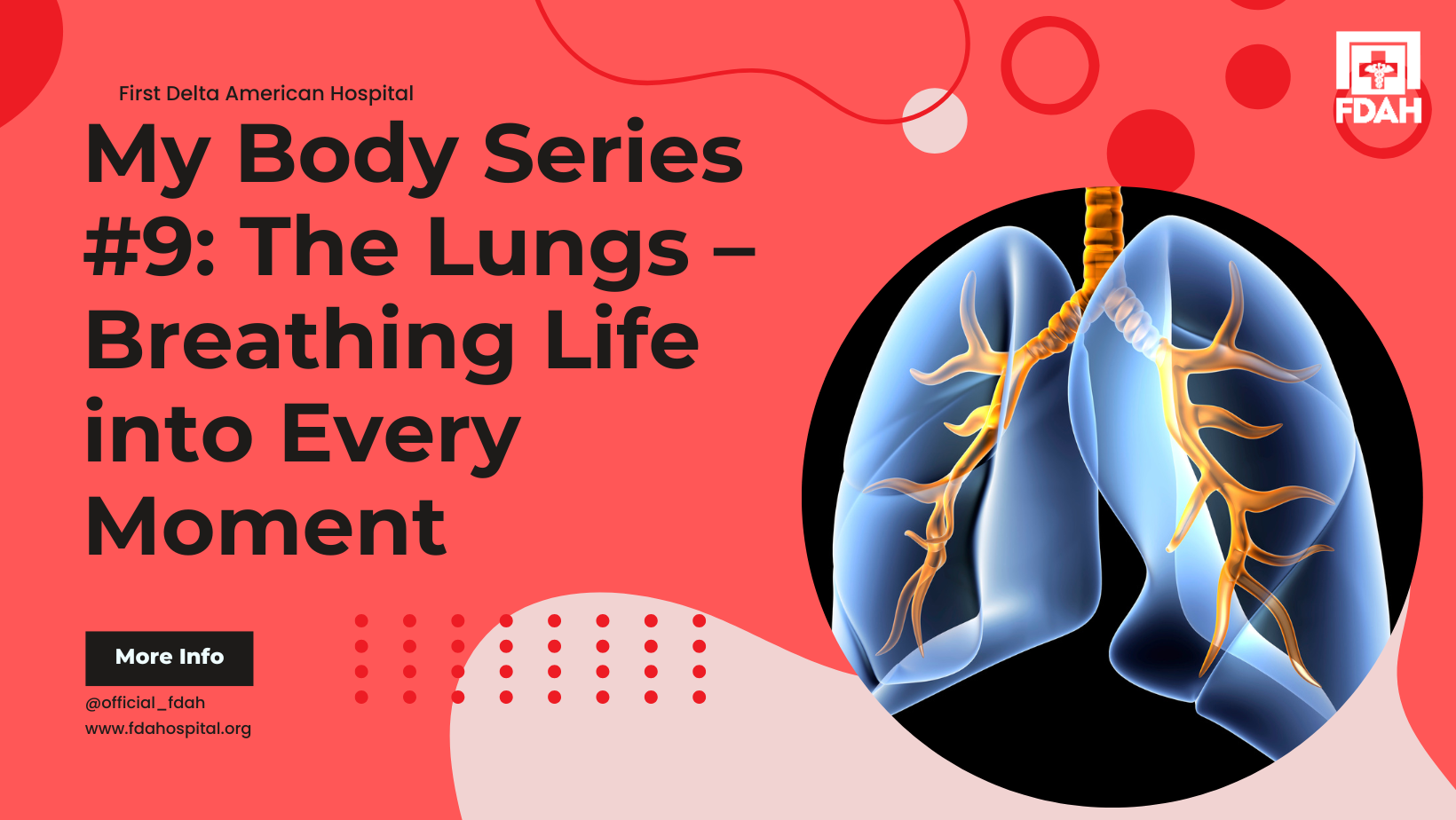Every year, World Lung Day, observed on September 25th, serves as a crucial reminder of the importance of lung health and the global challenges we face in achieving it. For 2024, the theme is “Clean Air and Healthy Lungs for All”—a powerful call to action for individuals, communities, and governments to address the critical link between air quality and lung health.
As air pollution continues to rise, affecting millions globally, the campaign for clean air has never been more urgent. Clean air is a fundamental right, and protecting it is essential to ensuring that everyone can enjoy healthy lungs. This article explores the dangers of air pollution, the impact of poor air quality on lung health, and actionable steps to promote cleaner air and healthier lungs.
The Vital Importance of Lung Health
The lungs are an extraordinary organ, working non-stop to provide oxygen to the body and remove carbon dioxide. Every breath we take fuels our cells, enabling us to perform all our daily activities. But while our lungs perform a crucial role, they are also vulnerable to various external factors, most notably air pollution. When we breathe in harmful particles, gases, or chemicals from polluted air, it can severely damage our lung tissues and lead to respiratory diseases.
Globally, lung diseases remain a leading cause of illness and death. Conditions like asthma, chronic obstructive pulmonary disease (COPD), lung cancer, and pneumonia are just some of the many respiratory issues that affect millions each year. Unfortunately, poor air quality exacerbates these diseases, especially in regions with high levels of pollution.
The Link Between Air Quality and Lung Health
The theme for World Lung Day 2024, “Clean Air and Healthy Lungs for All”, underscores a critical fact: air pollution is one of the biggest threats to lung health worldwide. According to the World Health Organization (WHO), air pollution is responsible for approximately 7 million deaths each year. Both outdoor pollution—caused by vehicle emissions, industrial activity, and burning fossil fuels—and indoor pollution—resulting from cooking with solid fuels, smoking, and inadequate ventilation—contribute to this staggering toll.

Air pollutants include:
- Particulate matter (PM2.5 and PM10): Tiny particles suspended in the air, often originating from car exhausts, industrial activities, and wildfires. These particles can penetrate deep into the lungs and even enter the bloodstream.
- Nitrogen dioxide (NO₂): Emitted from vehicles and industrial processes, this gas irritates the airways and contributes to asthma and other lung conditions.
- Ozone (O₃): While ozone high in the atmosphere protects us from ultraviolet radiation, ground-level ozone, produced from the reaction of sunlight with pollutants, causes respiratory problems and worsens conditions like asthma.
- Sulfur dioxide (SO₂): Released by burning fossil fuels, especially in power plants, sulfur dioxide can trigger lung inflammation and exacerbate asthma.
Air pollution affects everyone, but certain groups—such as children, the elderly, and people with pre-existing respiratory conditions—are particularly vulnerable. The theme for this year’s World Lung Day is a reminder that clean air is essential to lung health and that we all have a role to play in creating a healthier, more breathable environment.
The Global Impact of Air Pollution on Lung Health
- Asthma
- Asthma is a chronic lung disease that affects around 262 million people worldwide. Pollution is a well-known trigger of asthma attacks, leading to coughing, wheezing, and shortness of breath. Studies have shown that children who grow up in areas with high pollution are more likely to develop asthma, and the severity of symptoms worsens with prolonged exposure to poor air quality.
- Chronic Obstructive Pulmonary Disease (COPD)
- COPD is a progressive disease that obstructs airflow and causes difficulty breathing. Long-term exposure to air pollution, particularly particulate matter and cigarette smoke, is one of the main causes of COPD. Around 3.2 million deaths are attributed to COPD each year, and clean air initiatives can reduce this burden.
- Lung Cancer
- Air pollution, particularly PM2.5 and carcinogenic pollutants like benzene and diesel exhaust, is a known cause of lung cancer. While smoking remains the leading risk factor, an estimated 17% of lung cancer cases occur in non-smokers, many of whom are exposed to toxic air.
- Pneumonia
- Pneumonia is an infection that inflames the air sacs in the lungs. Children under five and adults over 65 are particularly at risk, especially in areas with high levels of indoor air pollution. The WHO estimates that pneumonia kills more than 800,000 children each year, with poor air quality contributing to many of these cases.
- Preterm Birth and Developmental Issues
- Air pollution also affects fetal lung development. Pregnant women exposed to high levels of air pollution are at greater risk of preterm births and having babies with underdeveloped lungs. These children may suffer from respiratory issues throughout their lives.
Clean Air and Healthy Lungs: A Global Responsibility
As we observe World Lung Day 2024, it’s crucial to acknowledge that the fight for clean air and healthy lungs is not limited to individual actions—it requires a concerted global effort. This year’s theme calls upon governments, industries, and communities to work together to reduce air pollution and protect public health.
Here are some key strategies and actions to achieve clean air and healthy lungs for all:
1. Reducing Vehicle Emissions
- Governments must implement stricter regulations on vehicle emissions, encouraging a transition to cleaner, more sustainable transportation options like electric vehicles and public transit. Individuals can contribute by opting for carpooling, cycling, or walking where possible, reducing their carbon footprint and exposure to pollution.
2. Cleaner Energy Sources
- Shifting from coal and fossil fuels to renewable energy sources like wind, solar, and hydropower can dramatically reduce air pollution. Policymakers should invest in clean energy infrastructure, while households can explore energy-efficient appliances and support green energy initiatives.
3. Tobacco Control
- Smoking not only harms the smoker’s lungs but also contributes to air pollution and harms others through secondhand smoke. Strong anti-smoking laws, smoke-free public spaces, and education campaigns are critical to reducing the burden of lung diseases.
4. Indoor Air Quality Improvement
- Many people, particularly in low-income countries, rely on solid fuels for cooking, which generates harmful indoor air pollution. Governments and charities must work to provide clean cooking technologies, such as gas stoves or electric alternatives, to improve indoor air quality and protect lung health in these communities.
5. Green Spaces and Urban Planning
- Expanding green spaces, planting trees, and designing cities with better ventilation can significantly improve air quality. Urban planners and policymakers must prioritize green initiatives in city development to reduce pollution and enhance quality of life.
Individual Actions for Cleaner Air and Healthier Lungs
While large-scale actions are necessary to tackle air pollution, individuals can also make meaningful contributions to both their own lung health and the environment. Here are some practical steps you can take:
- Avoid Smoking and Secondhand Smoke – One of the best things you can do for your lungs is to quit smoking. Avoid areas where people are smoking, and encourage others to quit as well.
- Check Air Quality Index (AQI) – Before going outside, especially for outdoor activities, check your local air quality index. On days with high pollution levels, limit your outdoor exercise and stay indoors where the air is filtered.
- Ventilate Your Home – Use fans, open windows, or invest in an air purifier to improve indoor air quality. Avoid using products that emit volatile organic compounds (VOCs), such as certain cleaning agents and paints.
- Support Clean Energy – Use energy-efficient appliances and support initiatives that promote clean energy. Every effort to reduce the burning of fossil fuels helps improve air quality.
- Plant Trees – Trees act as natural air filters. Get involved in local tree-planting programs to contribute to cleaner air and a healthier environment.
Conclusion: A Breath of Hope for Future Generations
World Lung Day 2024 calls on all of us to prioritize clean air and healthy lungs for all. By taking action to reduce air pollution, prevent lung diseases, and advocate for better policies, we can ensure that future generations breathe easier and enjoy healthier lives. The road to clean air and lung health is a collective effort—let’s join together to create a world where everyone can breathe freely.
Let’s make World Lung Day 2024 a turning point in our fight for a healthier future. Clean air is not just a privilege, it’s a right for all.




